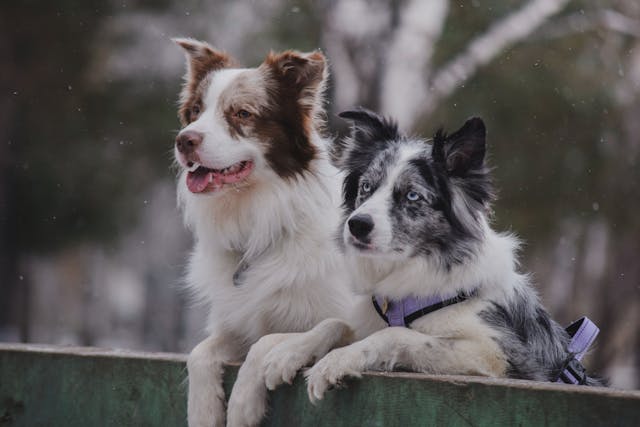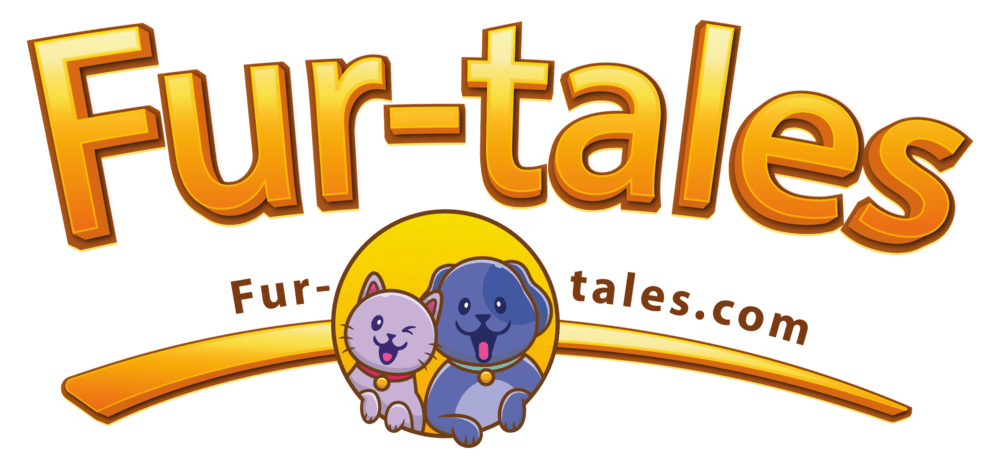
How Different Dog Breeds Communicate with Humans
Every dog has its own way of saying “I love you,” “I’m hungry,” or “Let’s play!” But did you know that different dog breeds have unique ways of communicating with humans? While all dogs use body language, vocalizations, and behavior to get their message across, their communication styles can vary depending on their breed’s history, temperament, and energy level.
Let’s take a closer look at how various breeds “talk” to us—and what they might be trying to say.
1. Herding Breeds: The Eye and the Nudge
Breeds like Border Collies, Australian Shepherds, and Corgis are known for their intense eye contact and focus. Originally bred to control livestock, these dogs are incredibly attuned to human cues and body language. They’ll often stare at you, trying to anticipate your next move—and might even gently “herd” you with a nose nudge if they think you’re off track!
How they communicate:
- Strong eye contact
- Nipping or nudging to direct movement
- Alert posture and fast reactions to commands
2. Sporting Breeds: The Friendly Talkers
Labrador Retrievers, Golden Retrievers, and Spaniels are affectionate, people-oriented dogs that communicate with enthusiasm. They use their entire body—tail wags, goofy grins, playful barks—to show affection and excitement. They thrive on interaction and will often “talk” with you using a variety of sounds and gestures.
How they communicate:
- Wagging tails and wriggly bodies
- Happy barks or playful growls
- Bringing you toys as a way to say “Let’s play!”
3. Guarding Breeds: The Watchful Protectors
Dogs like German Shepherds, Dobermans, and Rottweilers were bred to be alert and protective. They may not be as overtly playful as sporting breeds, but they are deeply loyal and observant. Their communication tends to be more subtle and serious, often watching your every move to ensure your safety.
How they communicate:
- Quiet vigilance and close following
- Low warning growls when sensing danger
- Leaning or standing guard near loved ones
4. Toy Breeds: Big Voices in Small Packages
Don’t let the small size fool you—Chihuahuas, Pomeranians, and Yorkies have big personalities and strong opinions! These breeds often use barking and dramatic body language to express excitement, protectiveness, or curiosity.
How they communicate:
- High-pitched barks and yips
- Alert postures and expressive eyes
- Jumping or pawing to gain attention
5. Working & Sled Breeds: Independent but Vocal
Breeds like Siberian Huskies, Malamutes, and Akitas are famously vocal and independent. Huskies, in particular, “talk” in a wide range of howls, whines, and groans that sound almost human. These breeds may not always follow commands blindly, but they certainly know how to get your attention.
How they communicate:
- Howling, singing, and “woo-woo” vocalizations
- Expressive faces and “talk-back” behavior
- Play bows and body leans for interaction
6. Companion Breeds: The Emotional Mirrors
Breeds like Cavalier King Charles Spaniels, Bichon Frises, and Shih Tzus are bred for companionship. They’re experts at reading your emotions and responding with empathy. They often use soft eye contact, gentle touch, and quiet presence to offer comfort.
How they communicate:
- Cuddling or leaning when you’re sad
- Gentle tail wags and nose kisses
- Subtle following or watching from a distance
Understanding Your Dog’s Unique Language
No matter the breed, dogs are incredible at reading our body language, tone, and facial expressions. The more time you spend with your pup, the better you’ll understand their individual “language.”
Here are some universal signals to watch for:
- Tail wagging: Often happiness, but pay attention to speed and stiffness
- Ears back: Submissive or nervous
- Yawning or licking lips: Signs of stress or discomfort
- Play bow (front down, back up): Invitation to play
- Leaning in: A sign of affection and trust
Photo by Екатерина Шинкаренко: https://www.pexels.com/photo/two-border-collies-enjoying-a-winter-day-30337469/
